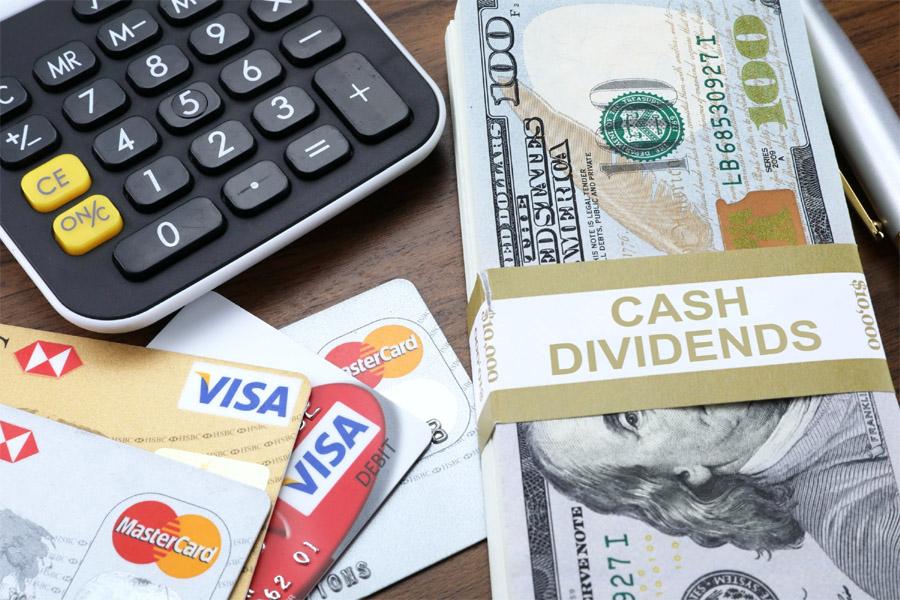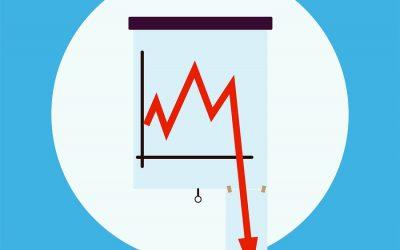
How Dividend Income Fits Into The FIRE Concept
The goal of FIRE is to generate passive income. That is, income you don’t physically work to generate. There are many ways to do this, and dividend investing is certainly a popular one. Investors can use dividend income as a way to complement and diversify their passive income along with other sources, such as real estate ownership. (Further reading: Real Estate vs. Stocks for Early Retirement.) Real estate investing generally consists of buying an ownership interest in a property, such as a house or commercial property, and then generating rental proceeds from that property. This helps the investor use their wealth to generate reliable, steady income that is passive. Alternatively, you can buy shares in real estate funds such as Streitwise and Fundrise. Dividend investing produces a similar outcome, although it does so in a different way. Dividend investing means an investor buys a stock and then generates income through cash the company returns to shareholders. In this way, dividend investing fits very nicely into the FIRE concept, because in both cases, the investor buys an ownership interest in an asset, and then generates proceeds from that ownership interest. And in both cases, it is passive income rather than income from labor, or trading time for money.What Portion of FIRE Income Should Come From Dividends?
This is an important question that almost certainly has a different answer for different investors. There are many factors to consider when putting together the optimal mix of dividend income as part of a larger portfolio of passive income. One thing to consider is that stocks have an extremely high level of liquidity, whereas real estate is a much less liquid asset. Stocks can generally be bought or sold five days a week at a real-time, transparent market price. And unless the investor is moving millions of dollars at a time, the investor can almost certainly get in and out of an entire position with the push of a button. This can be quite advantageous if a large purchase arises where the investor wants to take some capital out of their investment portfolio; this is very easy with stocks. Real estate, on the other hand, is extremely illiquid, meaning it takes a lot of time, energy, and usually money to move in and out of a property. In this sense, real estate is much more of a commitment for the investor. In addition, stocks can easily be bought and sold commission-free thanks to a slew of brokers that offer such a service. But even when fees are paid to buy and sell stock, they are generally negligible. Real estate tends to have commissions that can be 3% or more depending on the transaction, so there is a substantial monetary component to the liquidity consideration as well. Taxes are another consideration, as the kind of legal structure of real estate ownership has a bearing on how income is taxed. In addition, dividend stocks can be taxed at different rates if the investor holds them for less than a year, but in general, dividends are taxed at lower rates than labor income. This is another advantage to holding dividend stocks. Given these factors, there isn’t necessarily an ideal mix of dividend stocks to other passive investments that works for every investor; each investor must make their own determination given their unique circumstances.(article continues below)
Finding the Best Passive Income Stocks
I approach finding the best passive income stocks as a straightforward exercise. I consider things like dividend yield, dividend growth potential, dividend safety, track record of dividend payments, and cyclicality of the business model.
That’s also why we recommend investing in Dividend King stocks, because they collectively encompass all of these traits. Dividend Kings have proved their ability to raise their dividends for half a century, across all kinds of economic environments and competitive landscapes. To do this, they must have exemplary dividend safety, as well as the ability to produce growth over time.
In terms of dividend yield, in general, dividend stocks can yield anywhere from less than 1% to more than 10%. The safer dividend stocks will certainly be on the lower end of the yield spectrum, with riskier stocks yielding in the high single digits and up.
(Note from Brian: If a stock yields a high enough dividend, you don’t have to sell off any shares to generate income, which means you don’t have to worry about safe withdrawal rates in retirement!)
Diversification is another quality to consider when investing in dividend stocks. Diversification of owning different stocks in different industries can help smooth out the bumps inherent in the economic cycle. For instance, REITs (real estate investment trusts) tend to offer high dividend yields of at least 5%, while consumer staple stocks offer yields that may be half that level. The trade-off is that lower yielding stocks, in general, can raise their dividends at a higher rate than higher-yielding stocks such as REITs. Depending upon an investor’s risk tolerance and income goals, a mix of these characteristics can be created for whatever target yield the investor has.
Invest Early for Higher Yields in Retirement
Over time, both the share prices and the dividends rise for Dividend King stocks. Which means that you get paid more money for your original stock purchase, as time goes by.
Imagine you bought a stock 15 years ago for $100 per share, that paid out a 3% dividend yield. Today, it still pays out a 3% yield – but the stock price has increased to $300 per share. That means you collect $9 every year for each share you bought 15 years ago, for an effective 9% yield on your original $100 purchase.
See how rising dividends can generate outstanding incomes for you over time?
The trick is to buy early and take advantage of compounding. Sign up for dividend reinvesting when you buy dividend-paying stocks, and let them grow and compound on themselves.
Final Thoughts
Generating passive income can be done in a variety of ways, and for investors that have the means, it likely makes sense to diversify between dividend stocks and other forms of passive income, such as real estate. Both offer certain advantages over the other, and both have their costs.
But in general, if investors can find strong dividend stocks and stick with them over the long term, they can generate enough passive income to achieve FIRE.♦
What’s your strategy to reach financial independence? Do dividend stocks play a role in you retiring early?
Ben Reynolds is the founder of Sure Dividend, which helps individual investors find high quality income security investments. We focus on long-term investing in quality businesses purchased at fair or better prices.


























This article was really helpful!
Thanks Hank, much appreciated!
Finally, I understood how dividends work!
Glad to hear it Maddie!
Early retirement and what to do for a living. A great blog. Really appreciate it.
Glad it was helpful for you Megha!
A very interesting topic. Never really understood dividends. You have made it quite a bit clearer. Thank you!
Glad to be of service Klenn!
Thanks for sharing! I love the concept and am hoping to retire early.
Keep us posted on your progress and questions Sarah!
Dividends are an amazing secondary source of passive income. They shouldn’t be taken away from the equation when planning for early retirement.
Agreed Stacy!